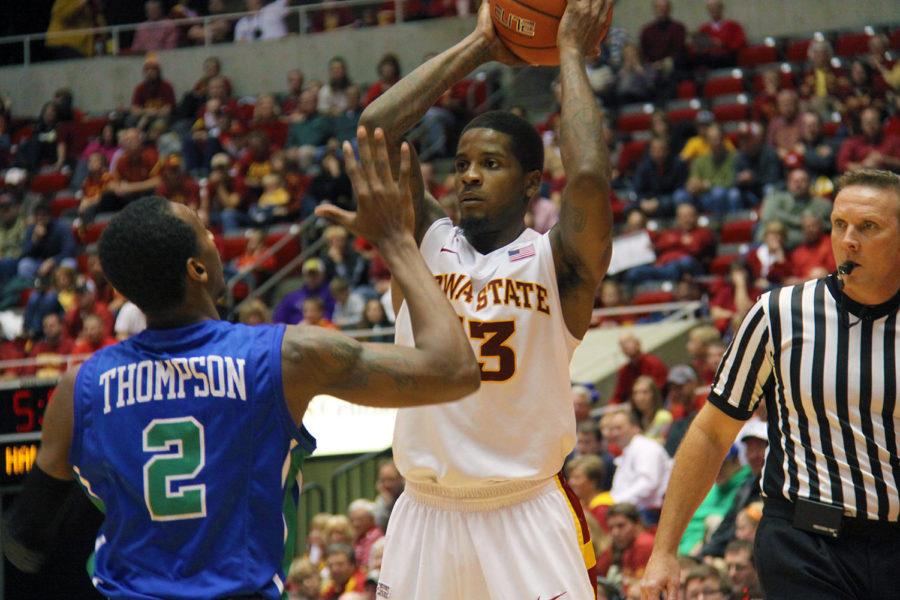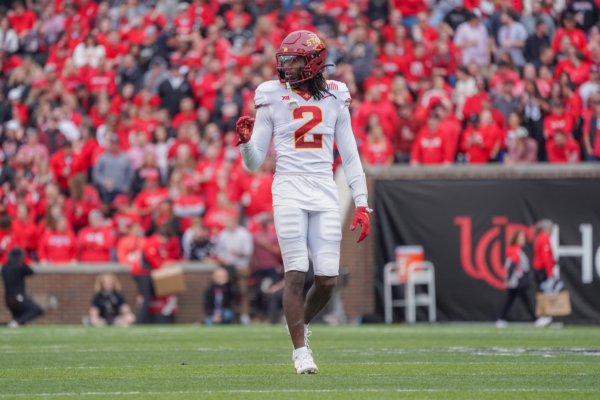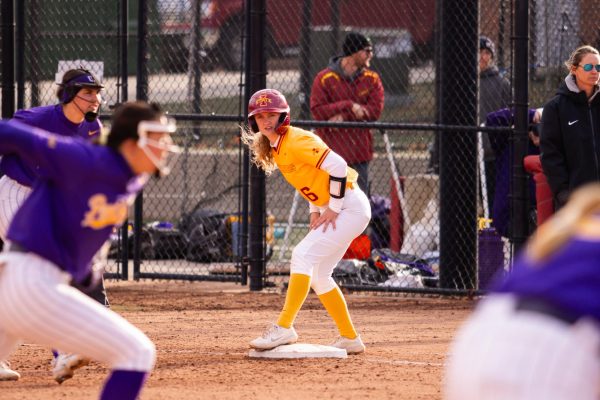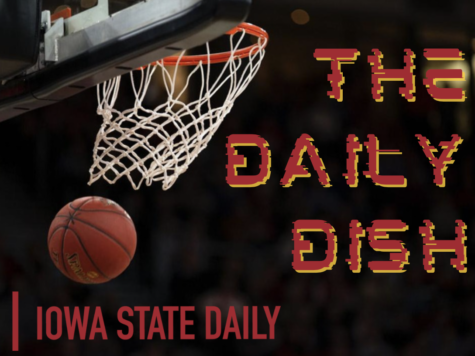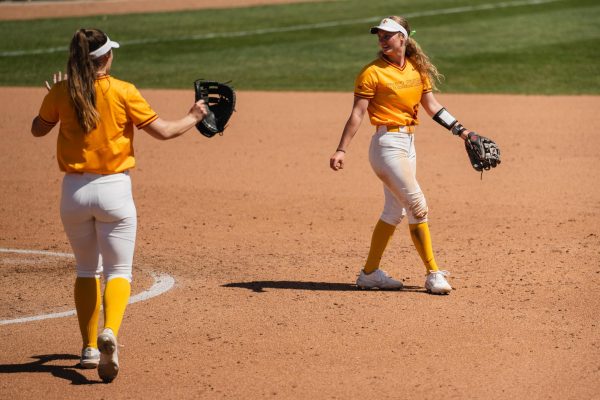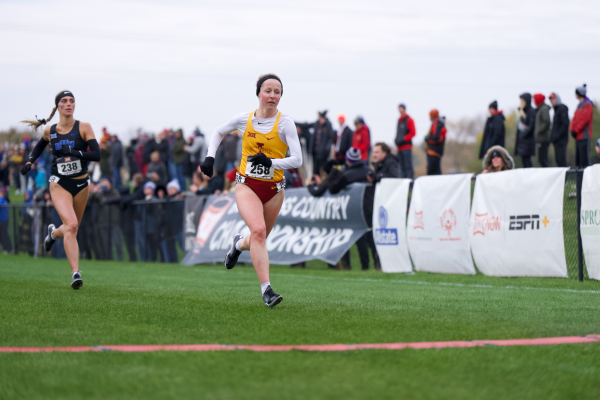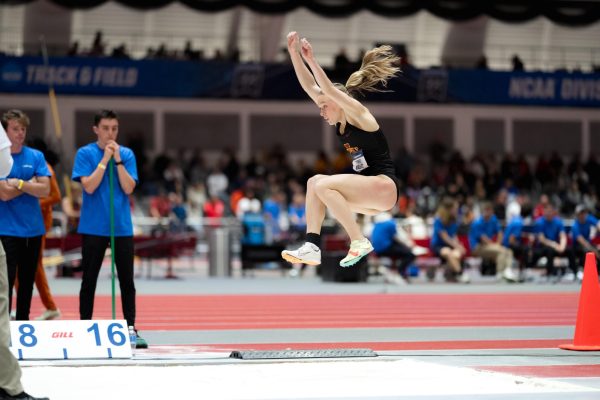Iowa State prepares for new Big 12 foe
Photo: Blake Lanser/Iowa State Daily
No. 13 Korie Lucious passes the ball while avoiding the defense of Florida Gulf Coast. The Cyclones played Dec. 4, and won with a score of 83-72.
January 16, 2013
The ISU men’s basketball team will face an opponent for the first time Wednesday — West Virginia.
Coming off a 1-1 start to Big 12 play, which was a mere bank shot away from a 2-0 start, a new foe will present new challenges.
ISU coach Fred Hoiberg has seen firsthand what West Virginia brings to the table when he was working in the NBA.
“Just toughness,” Hoiberg said. “That team certainly takes on the identity of their coach. [Bob Huggins’] teams have always been so physical.”
Hoiberg also said one area of emphasis would be the glass, calling West Virginia (8-7, 1-2 Big 12) one of the most efficient and physical offensive rebounding teams that they would play this year.
West Virginia averages 39.5 rebounds per game, only three total behind Iowa State (11-4, 1-1). On the offensive end, the Mountaineers average 14.87 offensive rebounds per game, which is good for third in the Big 12 with 223 total, one short of Iowa State’s 224.
West Virginia’s front line also boasts an old-fashioned post player in Deniz Kilicli, a 6-foot-9, 260-pound player native to Instanbul, who used his footwork and hook shots to score the ball. “The biggest thing they do is offensive rebound,” Hoiberg said. “Kilicli is just a monster in there.”
One aspect that is a stark contrast to Iowa State’s style is the fact that West Virginia has a deep bench. They have 11 players that average at least 10 minutes per game. Compare that to Iowa State, with six players averaging at least 23 minutes per game.
The Cyclones also give up a size advantage against the Mountaineers, as it has done and will do for most of the year playing in the Big 12.
The team isn’t worried, however. Against Kansas and its 7-foot-1 center Jeff Withey, Iowa State started Georges Niang at center and used him to draw Withey away from the basket and neutralize his shot-blocking in high pick-and-roll sets.
“We’ve been giving up size pretty much all season and I anticipate that’s the way it’ll probably be the rest of the year,” Hoiberg said. “We just have to come out and continue to battle. It’s going to take a five-player effort on the glass in order to get the ball of the board and get out and run and that’s what we want to do.”
They run their offense; they cut extremely hard. They’re one of the most efficient physical offensive rebounding teams that Iowa State will face this year.
“They do a good job taking care of the basketball,” Hoiberg said. “I went to a couple of Bob’s practices when I was working in the NBA, and that’s a big thing that they work on.”
So far, through two games in the Big 12, Iowa State leads in several statistical categories.
They lead in points per game with 85, leading by nearly 12 points. They also lead in 3-pointers made with 25 and are second in the Big 12 in 3-point percentage, shooting .391 as a team.
One area that was a struggle early in the season has now turned into a positive. The inconsistent play of Korie Lucious caused a high number of turnovers and now the Cyclones lead the Big 12 with its assist to turnover ratio at +4.5, along with assists per game at 17.5 per game.
“We’re happy with the way we’ve been playing, but we’re not content,” Lucious said. “We’ve got a lot more work to do. So every day is a challenge for us to keep pushing ourselves to go hard to get better.
“We know every day, every game, every night, it’s going to be a fight no matter who we’re playing.”

